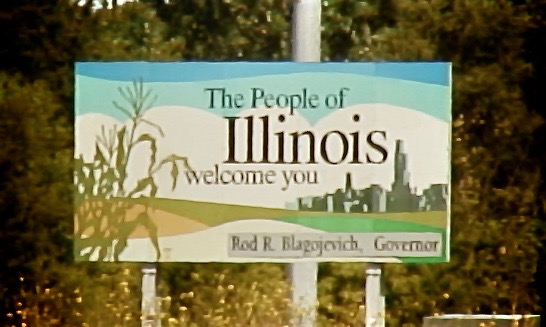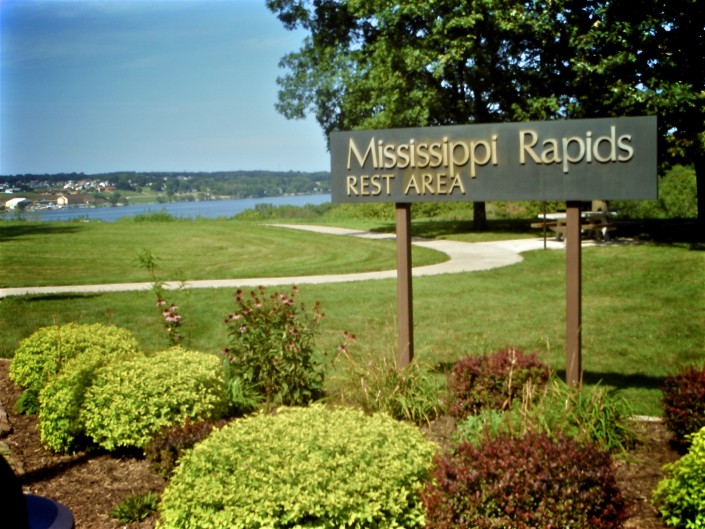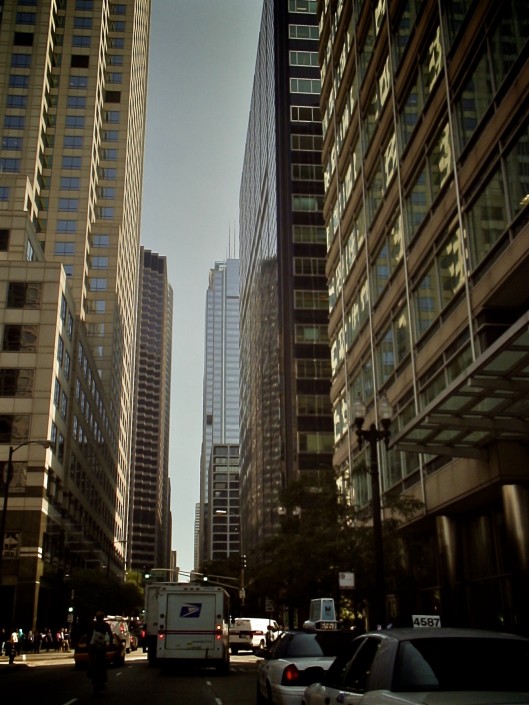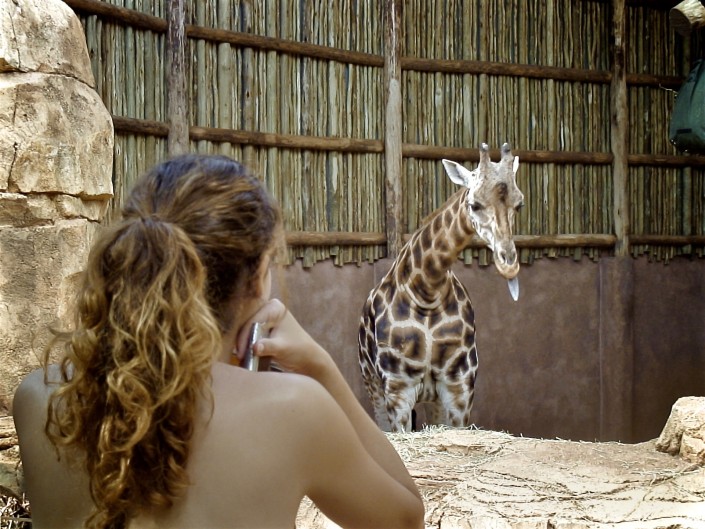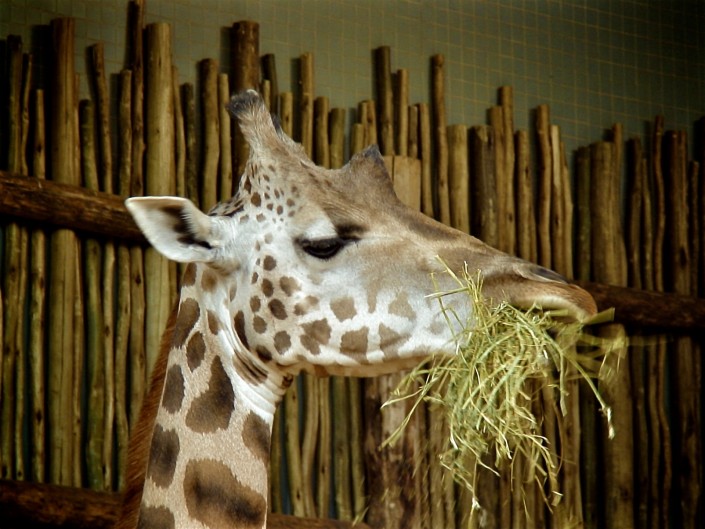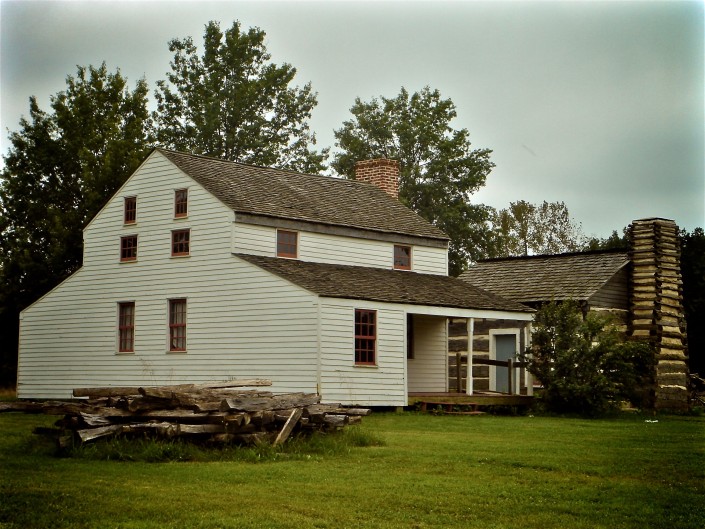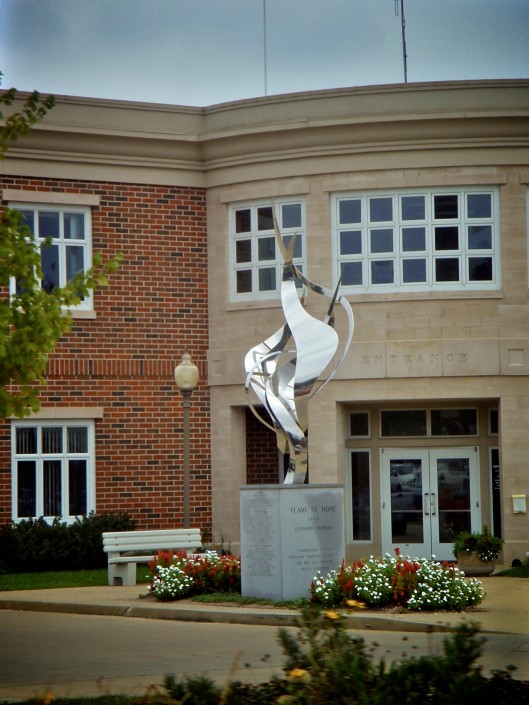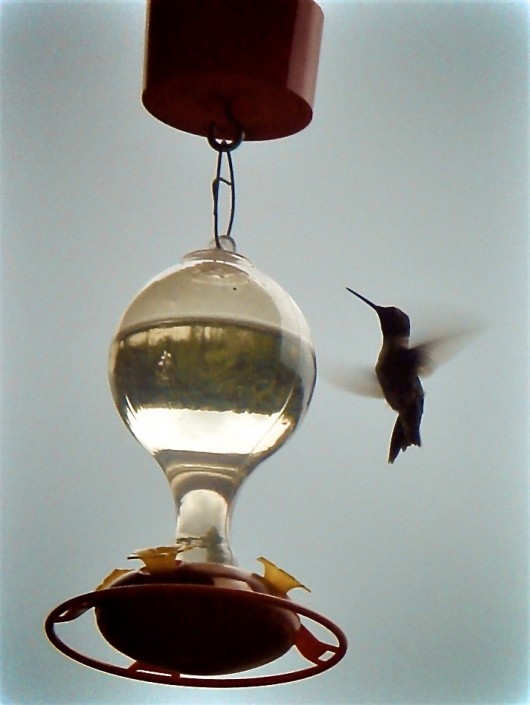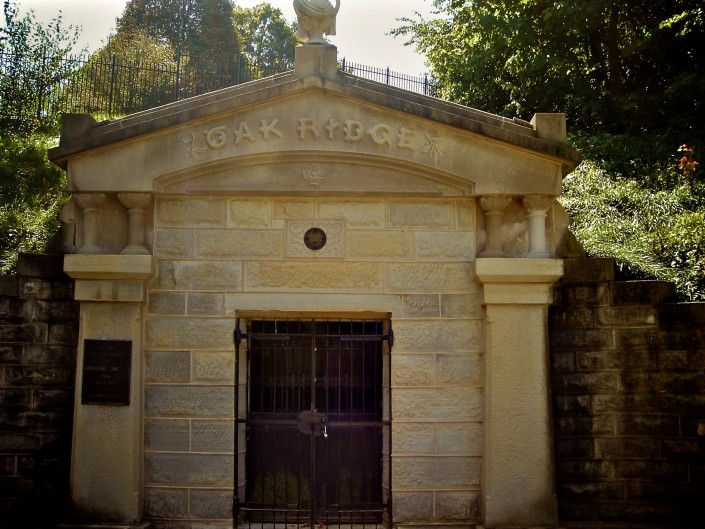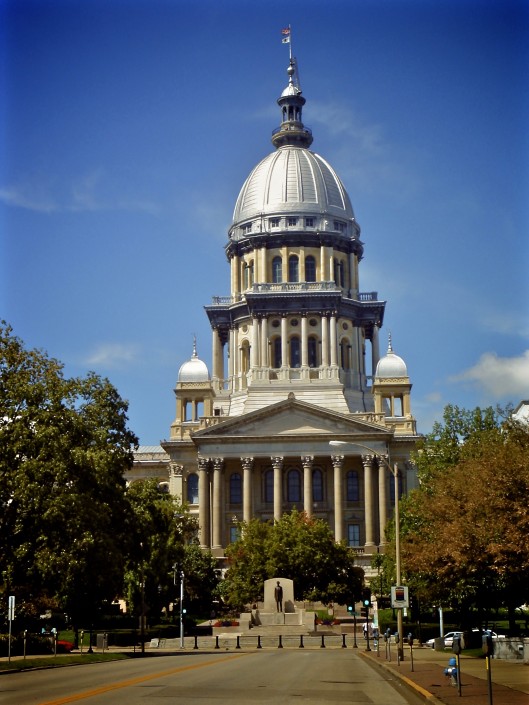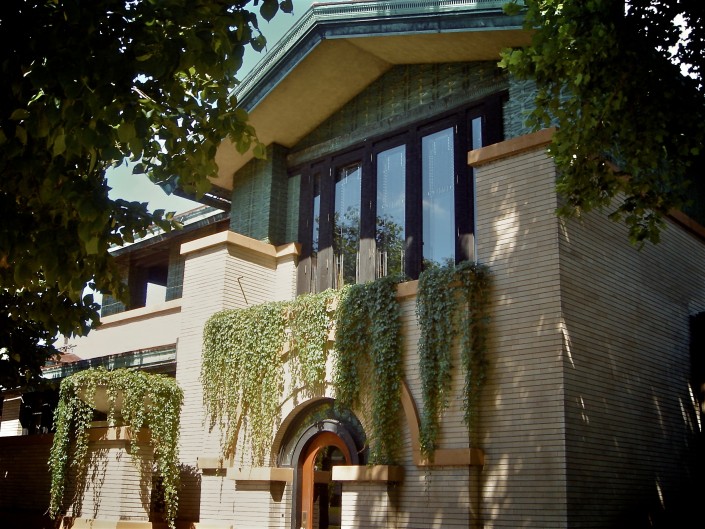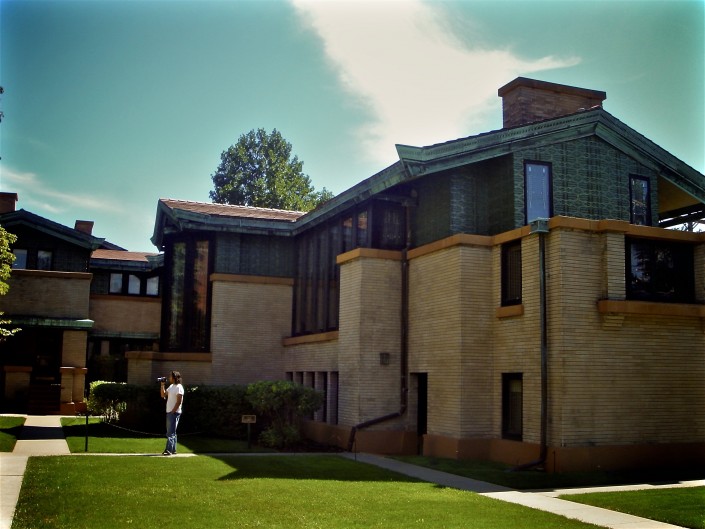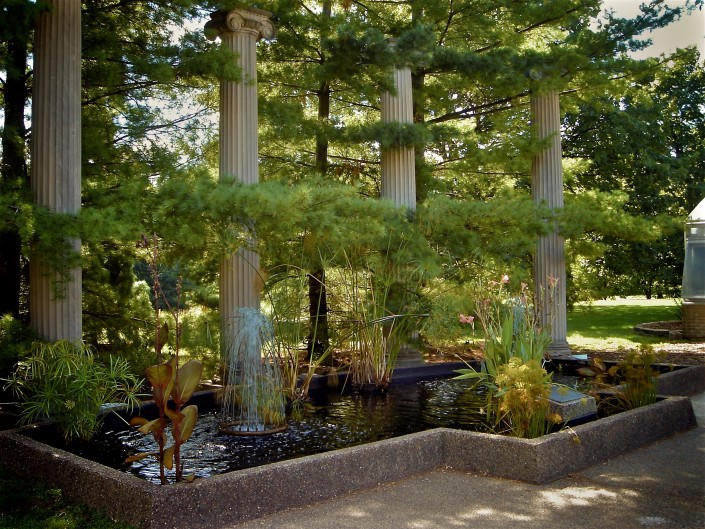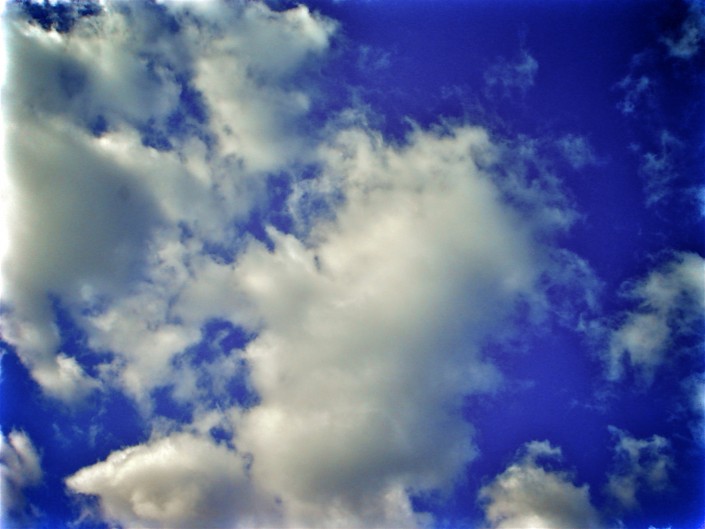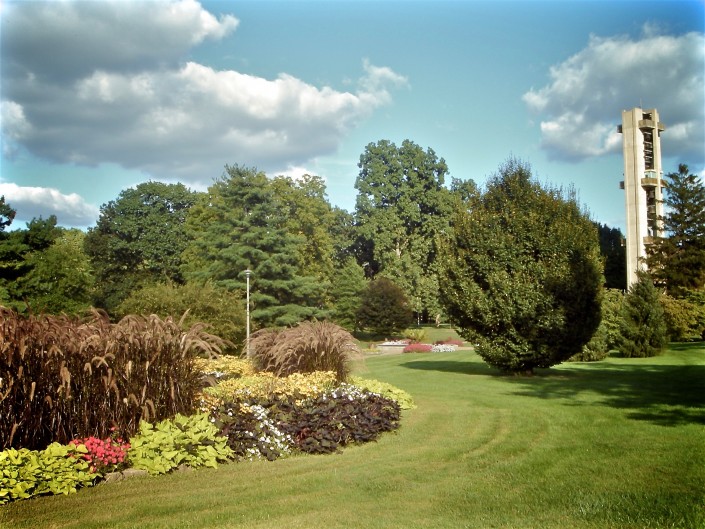
Illinois. State #31
In Norway, Illinois we drive up to see a plane crash in a field. It is quite a site, but turns out that the plane was intentionally crashed on the side of the road “to honor those who survived the agricultural crash of 1980.” Marked on this roadside memorial reads:
“We are talking about people who want to give birth and grow old and laugh and die, bonded and sustained by the soil, which is the oldest way of life Americans know. The farm economic crisis has become . . . a cultural crisis unique in our history. It is beyond bank loans and government subsidies. It is in people’s hearts.” [1]
We visit the Lincoln farm of 1845 as a deep glimpse into the roots of our nation. In Illinois, the dedication to farming as a vein in family life remains prevalent to this day.
I paint with the whirring of hummingbirds that flutter around me as we spend an entire day at the Ballard Nature Center in Altamont. Alfonso and I have been battling a cold since the last few days of our time in Iowa, so we choose to take this state at a slower pace. Since we left home, we’ve traveled through 30 states and this is the first time we’ve truly needed “sick day.” However, the thought of wasting a moment of this journey is too hard to bare.
In Springfield, there is so much more to see than a capital building. The old capital building, for instance, is where Abraham Lincoln served in office. We also walked to his original law office. It may be cheesy of me, but I rub the warn nose of the Lincoln bust that stands in front of his tomb. Since I spent 20 years with Abraham as my surname, I always felt more connected to our 16th president than most (I also never forget that number since I was born on the 16th day of the month). Of course, we are also talking about a man who stood to his principles despite half of the country disagreeing with him…so clearly I felt we had a lot in common!
Now that we all know who my favorite president is, it should also be noted that we always try to explore work by one of my favorite architects, Frank Lloyd Wright. He designed the Dana-Thomas House, home of poet Sachel Lindsay, before leaving Springfield.
The scenery begins to change from endless rows of corn to America’s third largest city. Rising up from the same dirt as those powerful crops is the Sears tower (since renamed the Willis Tower). The contrast illustrates the culmination of America’s mélange of living.
We attend the Museum of Contemporary Art during their “Target Free Tuesday’s,”(thank you Target!) and my favorite part of the museum is the back lawn. When looking out the large glass windows of the second floor, the lawn looks like a checkerboard. I love watching the kids jump from square to square. We go on to tour several more Frank Lloyd Wright buildings such as his home and studio, and his “little jewel box,” also known as Unity Temple. We take pictures at Wrigley Field and visit the Lincoln Park Zoo, which is also free. The polar bear tank is empty, but I am just happy to count spots on the giraffes.
A Chicago gallery, Aesthetic Eye places my painting from Iowa on display. The gallery owner, Elissa encourages us to make a trip to Millennium Park and the Art Institute of Chicago before we leave the city. Chicago is packed with things to do, and many of them are free. It is the first city that I have visited where I don’t feel like the buildings are closing in on me. We learned that this wide-open feeling has a lot to do with the lake, but also to do with the Great Chicago fire. After this devastating destruction in 1871, the city had a rare opportunity to redesign and rebuild…from the ground up.
1. Hugh Sidey, “Cries of the Heart: Politics and the Farm Crisis,” v128 (August 11, 1986), 15.

